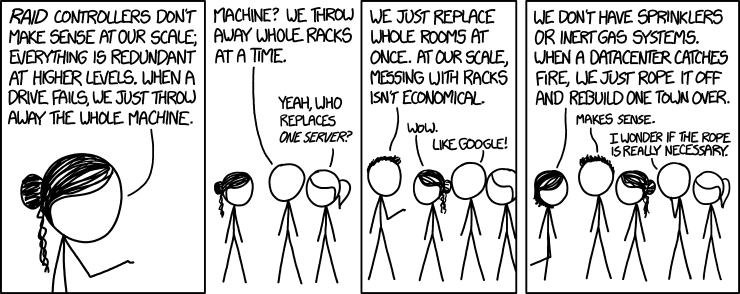Lately I blogged about how am I managing my DNS entries via SaltStack. So far it was about being a great time saver, but nothing that you couldn’t do manually with considerably more effort. This time, let’s take a look at something that would be in some setups almost impossible manually – adding TLSA records for your webs.
SaltStack, DNS and ssh
In my last post, I showed, how we can combine SaltStack and Knot to have some basic records filled in your zone. As I was introducing the concept, I picked the most obvious and basic entries. But since we have a hammer now, everything starts to look like a nail. And there is much more that can be stored in DNS apart from IP addresses. Let’s take a look at some other examples and how to get them automatically filled in by SaltStack.
Managing DNS via SaltStack
Running services online without domain is hard. More services you run, more DNS entries you need to manage. More services you run, more servers you need to manage. And when you manage several servers, it’s time to use some orchestration. But what about all those domains associated with those servers and services? Can’t that be also part of the orchestration? Somehow automated? Of course it can. Let me tell you how am I handling it for my domains and servers.
Orchestration via SaltStack
This post will be about my approach to something, that is almost obsolete. It is about orchestration. Back in the old days, people used to have a real computers or virtual machines and used to install and configure software. And also maintain it for years to come. I know that nowadays, you just create a bunch of pods, each one consisting from multiple containers you downloaded from DockerHub and whenever you need to reconfigure or update something, you just throw them away. Or even the whole datacenter. But I’m old and I still maintain individual systems with multiple services running. And jokes aside, when you do that, you want to have some automation to make it easier. That is what orchestration is for – to manage multiple machines from one central point and to make sure that everything is up to date and configured consistently.
